A bit of everything in Fukui
by Raina, staff writer of japan-guide.com
| previous post |
| next post |
2017/03/21 - A bit of everything in Fukui

Short trips are always good to refresh and reset your senses, whenever it feels like the city gets too overwhelming and you need some time away. Beach front vacation rentals, peace and tranquility in the mountains and delicious local cuisine, these are the things I would look for that I know would make a great holiday. Fukui Prefecture checks all the boxes, and I found myself heading back to the prefecture again about a year after my last trip.
On this trip, I visited the towns of Wakasa, Ohi and Takahama along the Wakasa Coast (also known as the Reinan Coast) and dropped by the Echizen Pottery Village before going home. It was a short trip lasting about 30 hours but I managed to squeeze in four meals and visit a number of attractions. The Shirasagi and Thunderbird limited express trains stop at Tsuruga Station, which was my main point of entry. Access from Tokyo to the Wakasa Coast will become faster and more convenient in a few more years when the Hokuriku Shinkansen gets extended all the way to Tsuruga.
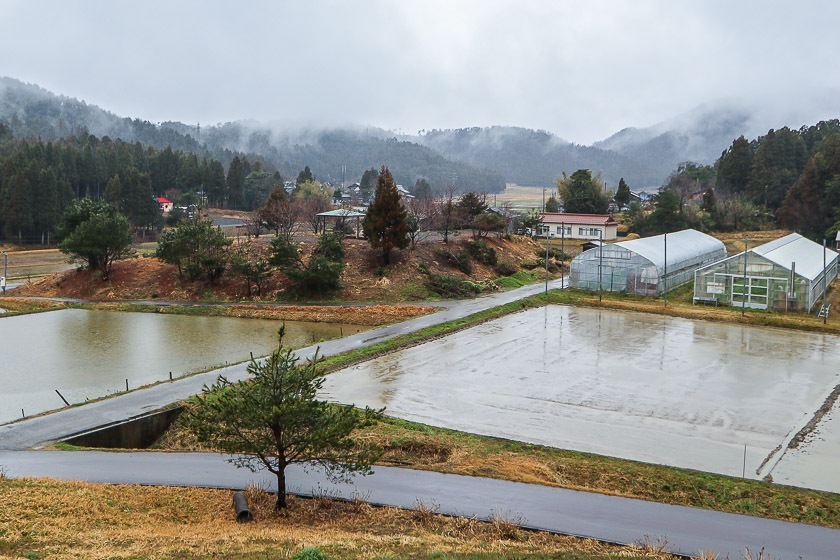
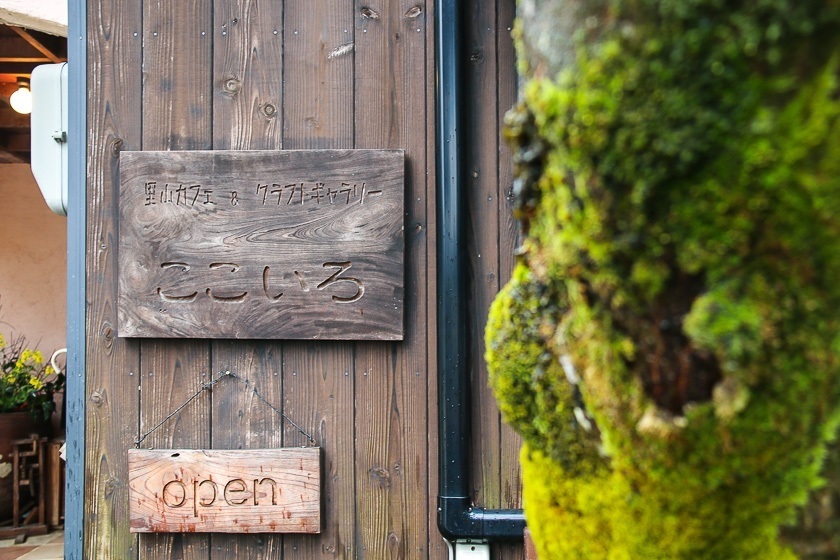
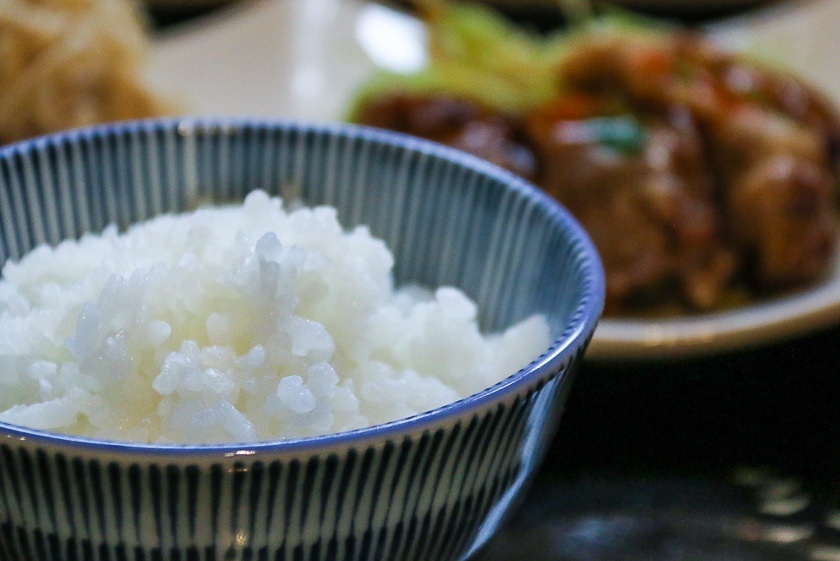
Renting a car is recommended to explore the region as many of the attractions are not served by public transport. Rental car outlets can be found at Tsuruga and Fukui stations. If you are planning to visit during the winter months, make sure that you are prepared for snowy conditions. The snow had all melted when I was there towards the end of March, but I spotted a few small patches of snow in the mountainous areas.
Wakasa Town was my first stop, and I visited Taiouji Temple after lunch. The temple is famous for its icho kannon, where a statue of the kannon bodhisattva was carved into the trunk of an icho (ginkgo) tree. The temple was really quiet when I was there, and even though I was not trespassing, I couldn't help but wonder if I was. If peace and quiet is what you are looking for, Taiouji should definitely be on your list.
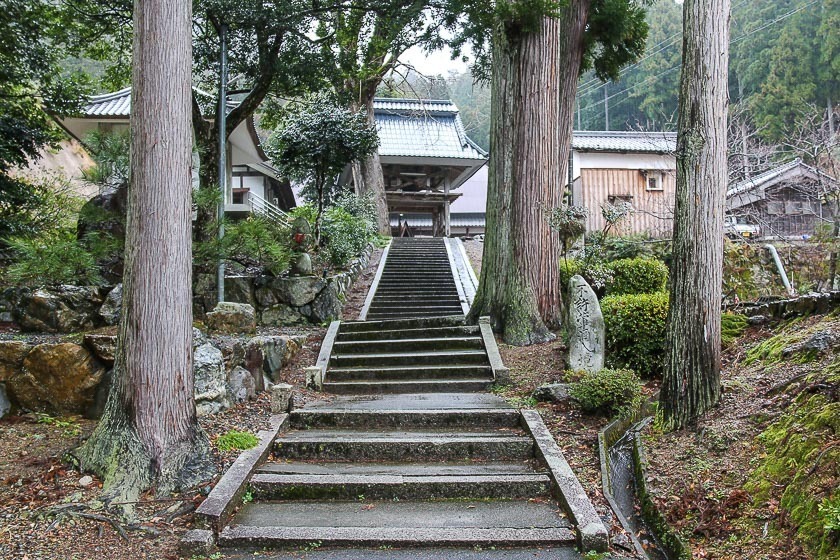
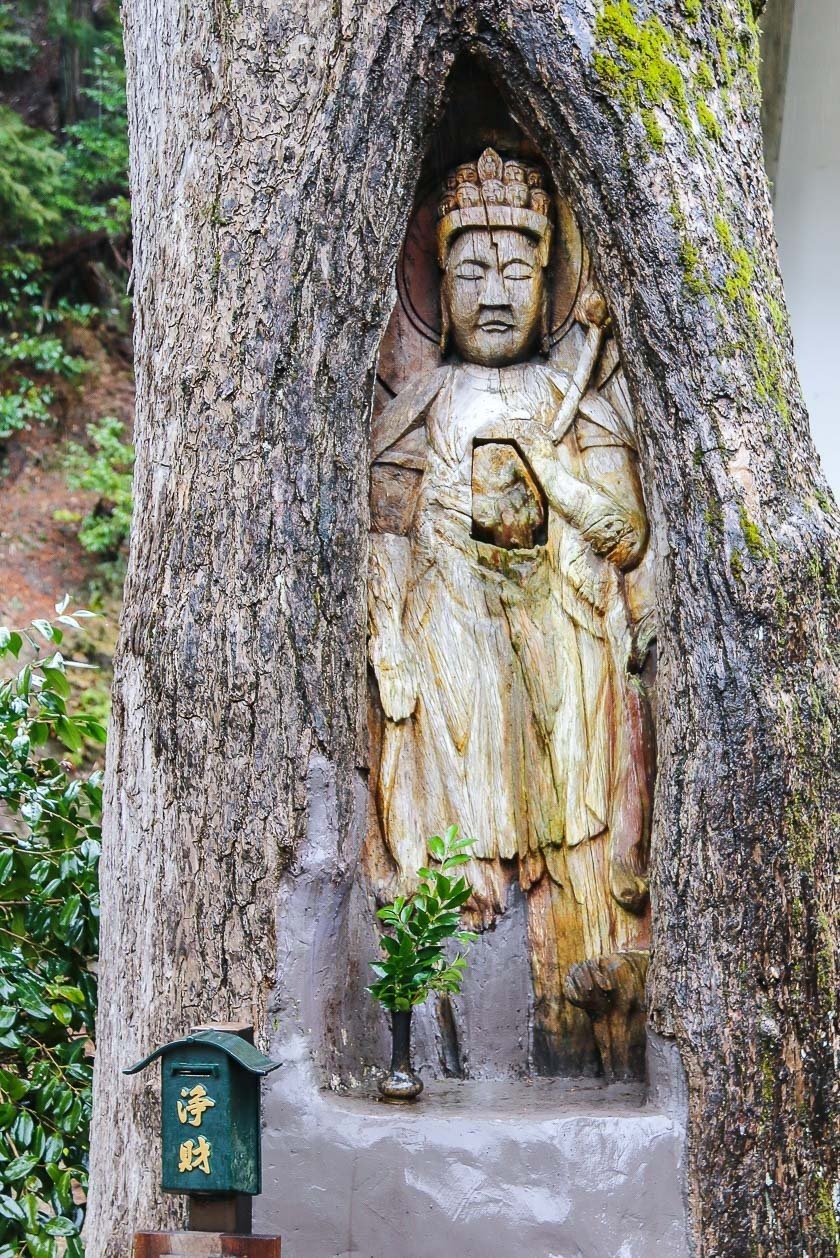
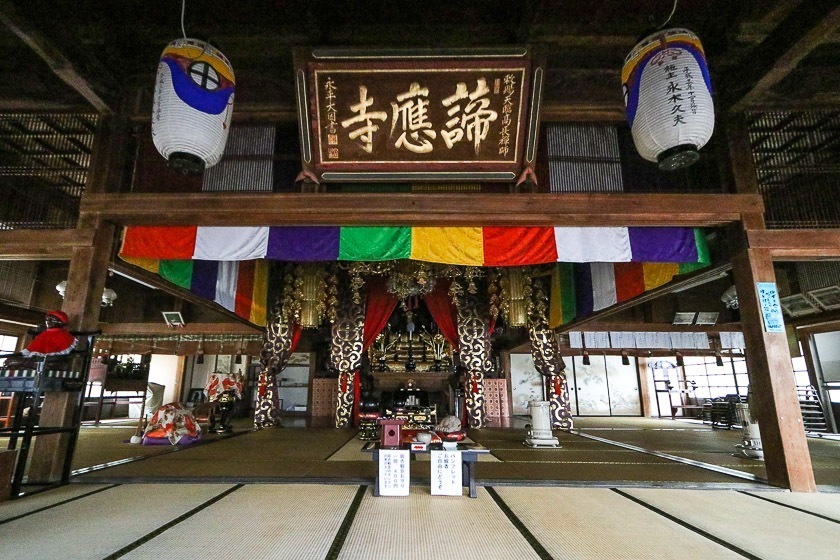
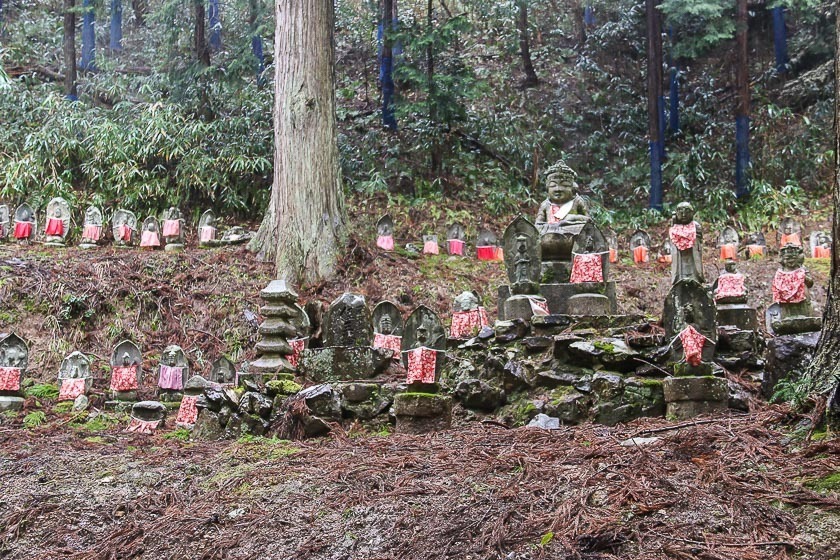
Moving on to Takahama Town, I checked out the popular Wakasa Wada Beach which was awarded Blue Flag status last year and possibly again this year. Being a certified Blue Flag beach indicates that Wakasa Wada Beach has met the strict standards which includes water quality, cleanliness, safety amongst others, set out by an international committee. Ramping up their efforts from last year, there are plans to convert unoccupied houses in the area into holiday rentals and community spaces. I cannot wait to visit in the warmer months next time to check out all these exciting new additions.
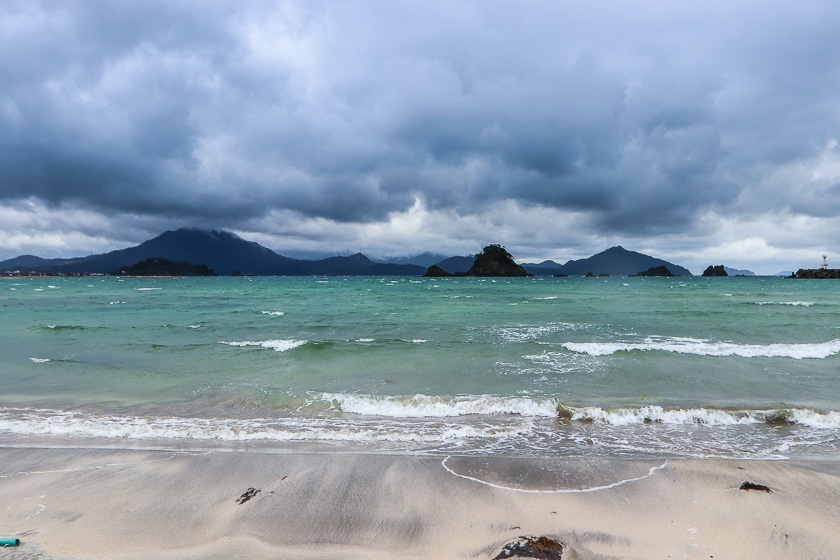
If lounging at the beach is not your kind of thing, the narrow alleyways of Wada just across from the beach may be of interest to you. There used to be about 500 minshuku homes in the stretch of land between the station and the beach back in the day, but their numbers have dwindled down to just around 40 homes that are still in operation. Known as Wada no Roji, going down the narrow alleys that twist and turn are an interesting way to check out the homes that still retain their architecture from the good old days. The Wada de Roji festival is held in mid September every year and empty homes are turned into temporary art galleries for that weekend.
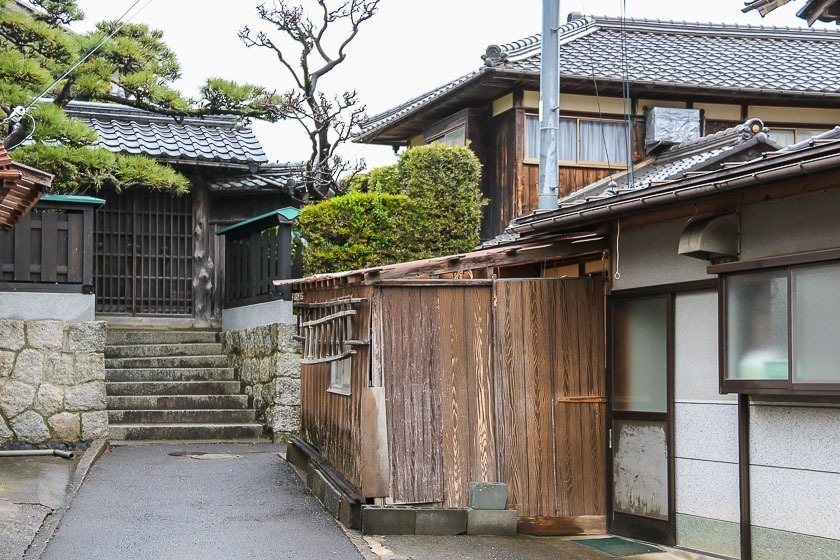
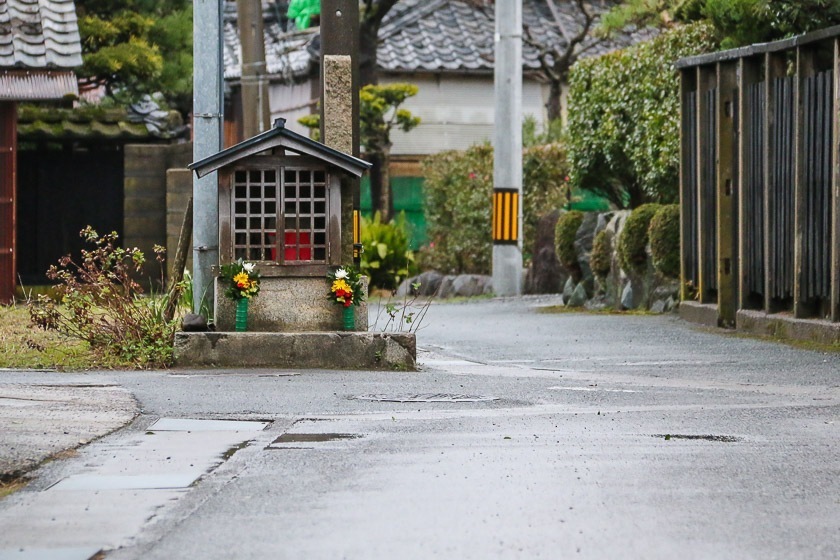

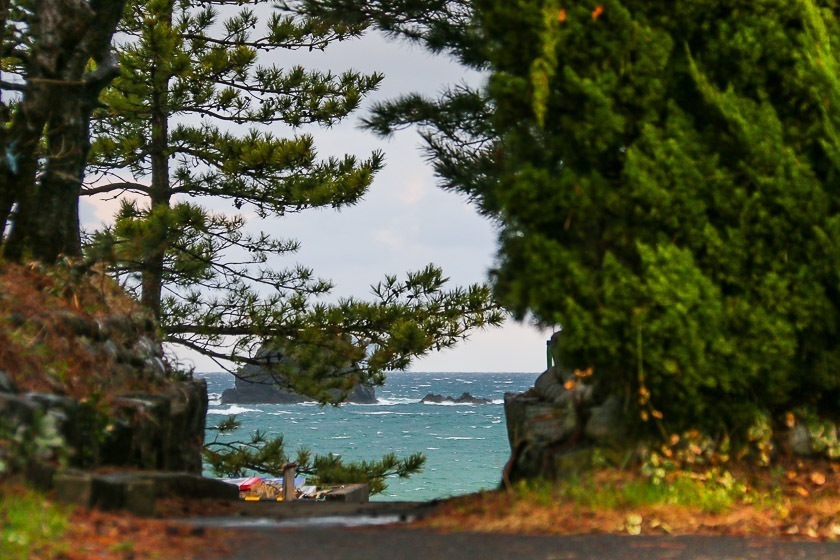


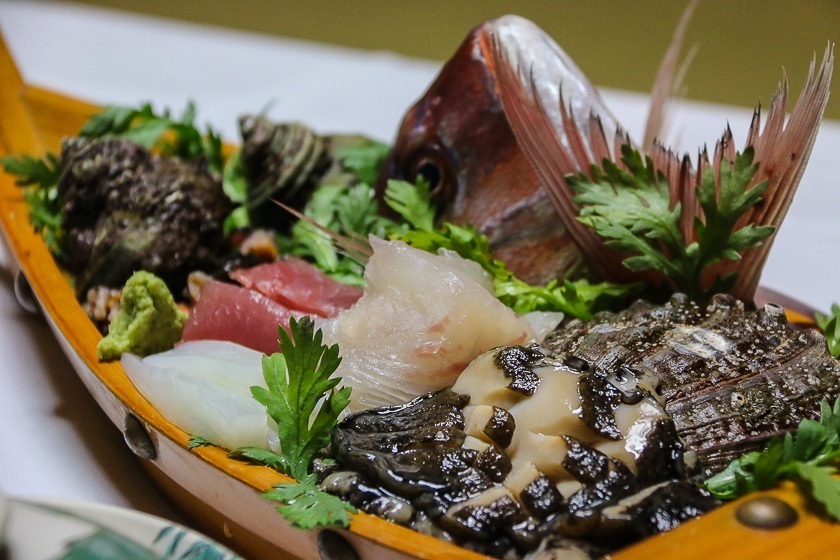
Since I was in Takahama, it would have been a shame not to visit its main shrine, Sakichi Shrine. The shrine is the center of the "Seven Year Festival" which is celebrated every six years (every seven years according to the traditional way of counting) and lasts for an entire week. The next time the festival will be held is in June 2019. Three mikoshi are kept in the shrine outside of the festival and there are plans for it to be displayed to the public from the middle of next year.
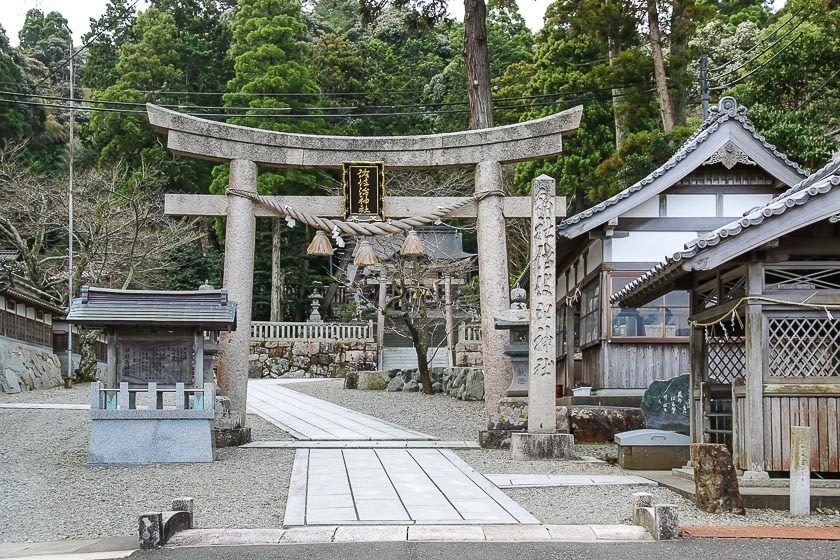
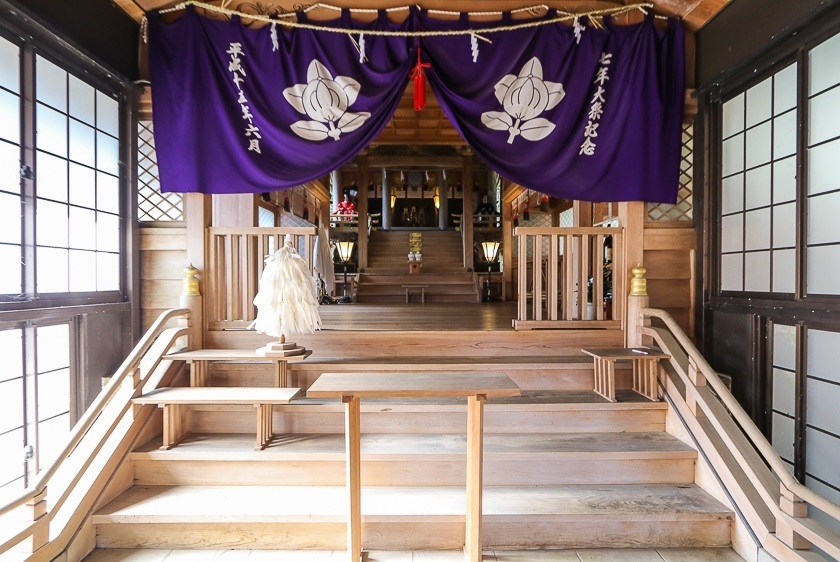

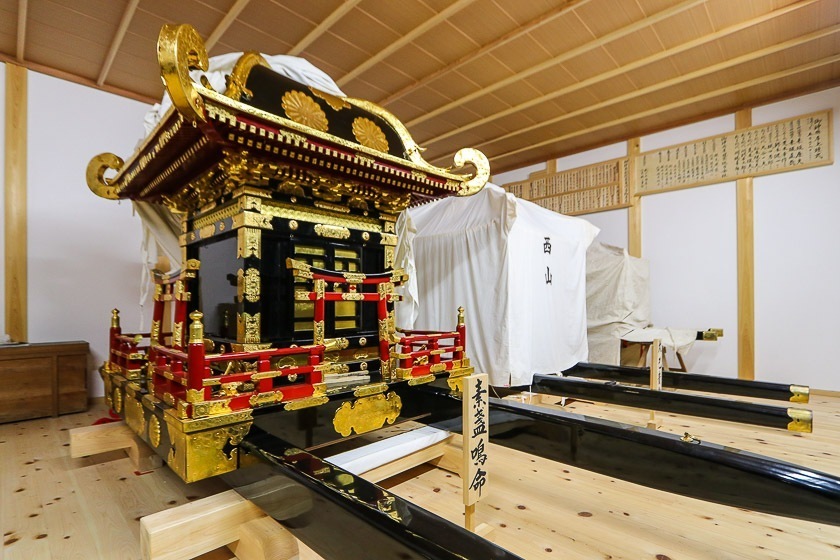
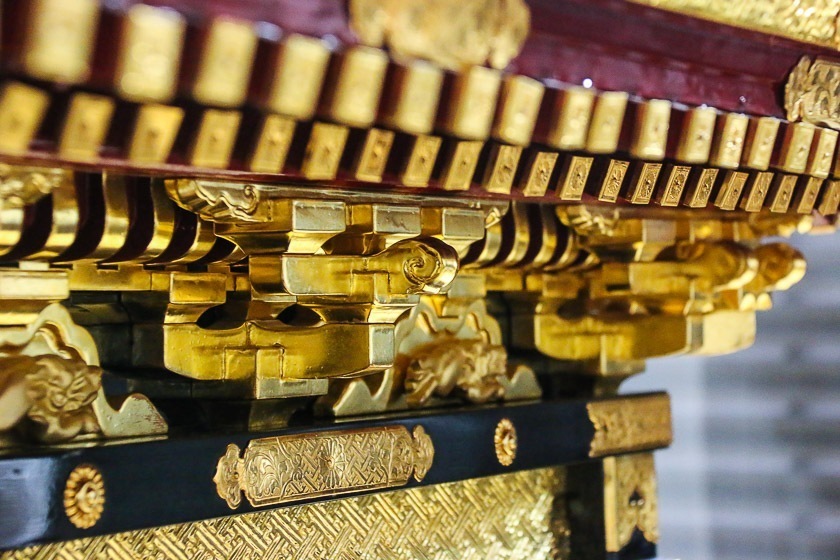
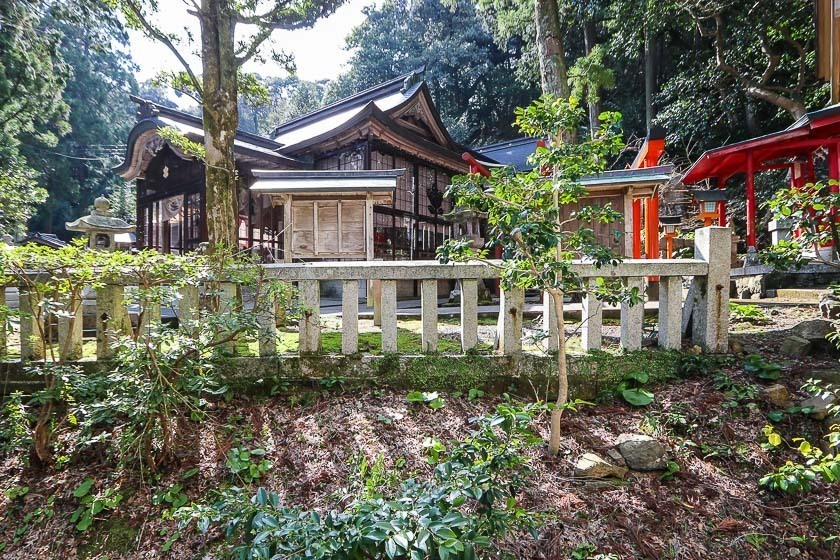
From there, I headed to Ohi Town, where I visited the slightly curious Koyomi Kaikan. Koyomi, or the Japanese almanac, refers to the cycles of life and seasons in a year, and the Koyomi Kaikan was a museum devoted to explaining the origins of the Japanese almanac and its progression to the Gregorian calendar in use today. Unfortunately, all information in the museum is in Japanese, and it would be very difficult to understand the concepts without any knowledge of the language.
Inside the the museum, visitors can see displays of the ancient Japanese calendar, and modern versions of the almanac from the Edo and Meiji periods. I arrived wondering why was there an almanac museum built almost in the middle of nowhere, but soon found out that Natasho - the place where the Koyomi Kaikan is located - was where a family prominent in almanac studies lived for a period of time. Their graves can be found on a small hill not far from the museum.
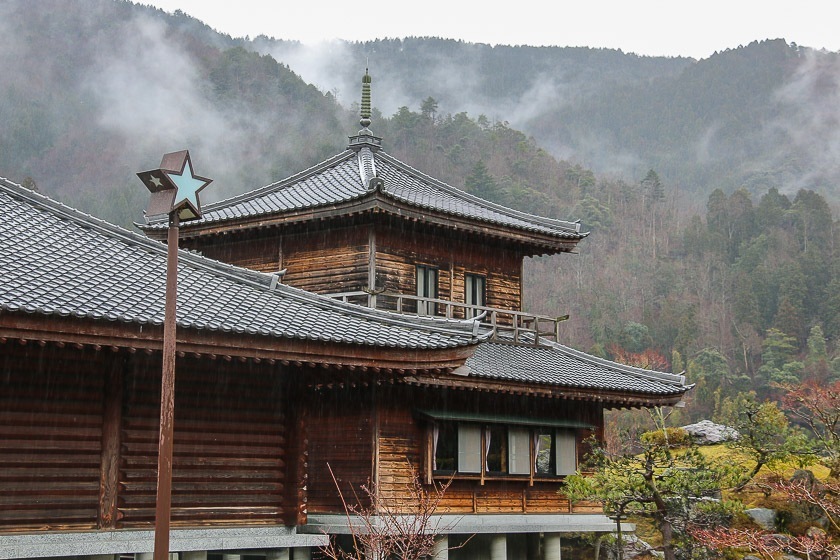
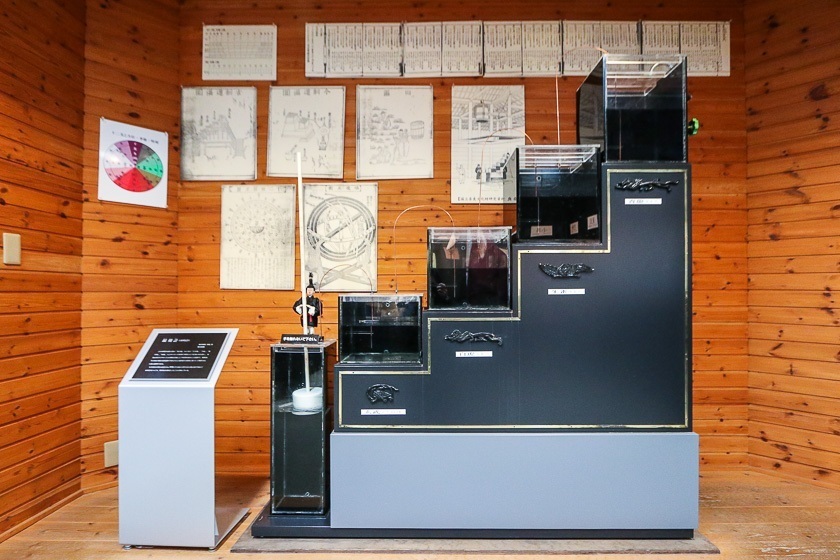


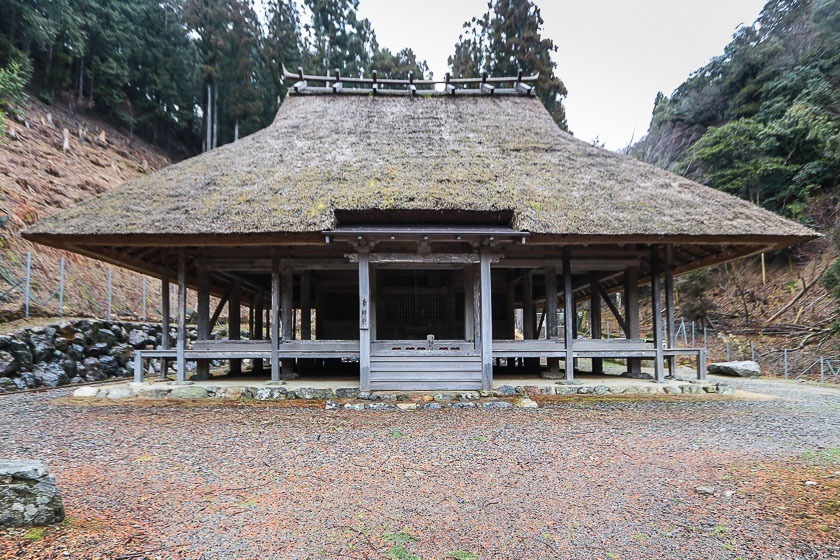
Along the Wakasa Coast in Ohi Town, I spent the afternoon making pearl accessories at Mamiya, using locally harvested pearls from the bay. It was quite an experience, as I have never worked with pearls before, but the process wasn't too difficult and the teacher was very patient in explaining the steps and making sure I wasn't destroying anything.
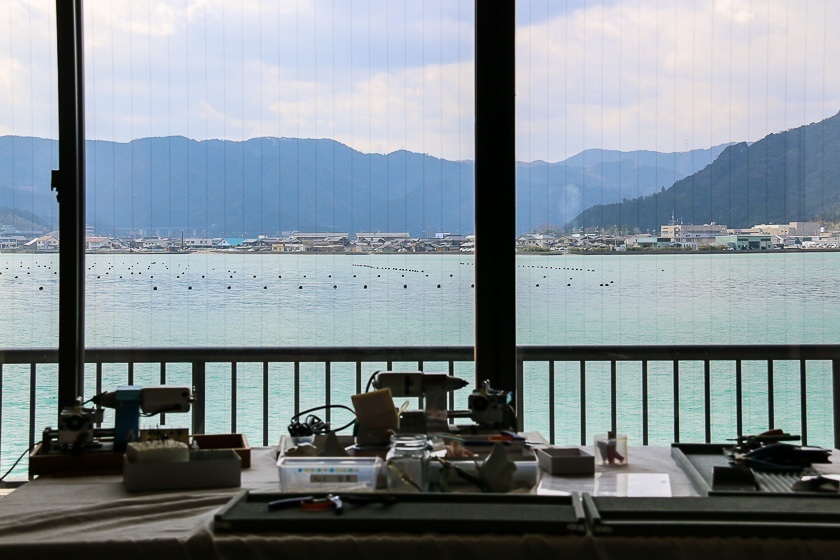


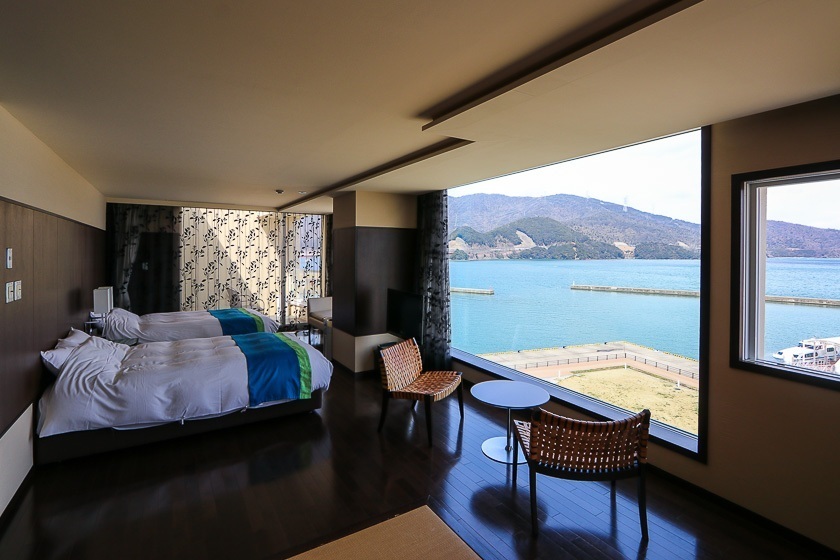

My final stop before leaving Fukui Prefecture was going to the Echizen Pottery Village. Echizen Pottery is one of the oldest types of pottery techniques in Japan and are typically unglazed. I was excited to see and learn more about the traditional pottery style. Located in Echizen Town, the village consists of a pottery park, the Fukui Prefectural Museum of Ceramics, the cultural center and a few shops selling Echizen pottery. Two of the things I also enjoyed was lunch served in Echizen ware and coffee out of my preferred ceramics cup at the cafe in the cultural center, which was a great way to end my trip to Fukui Prefecture.
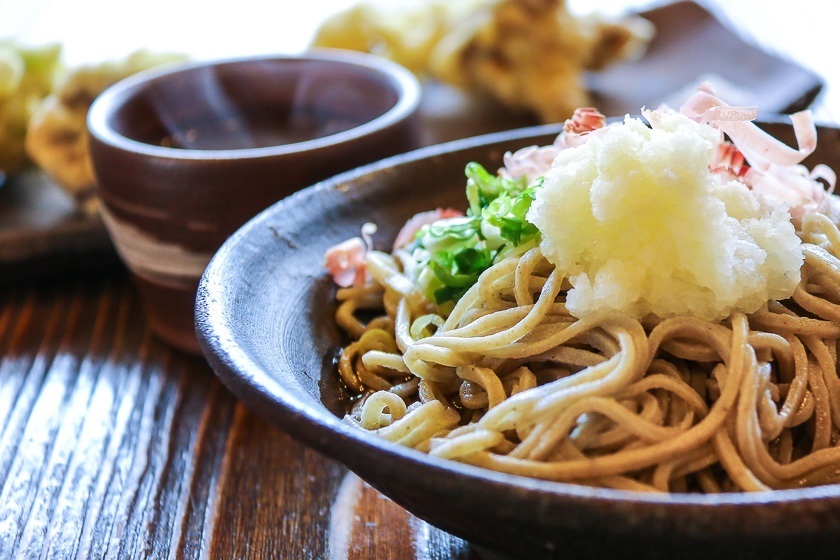
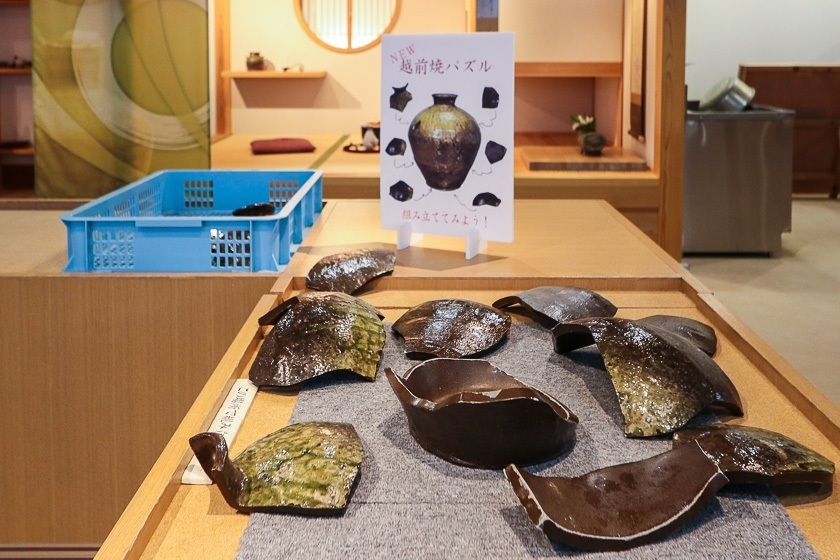
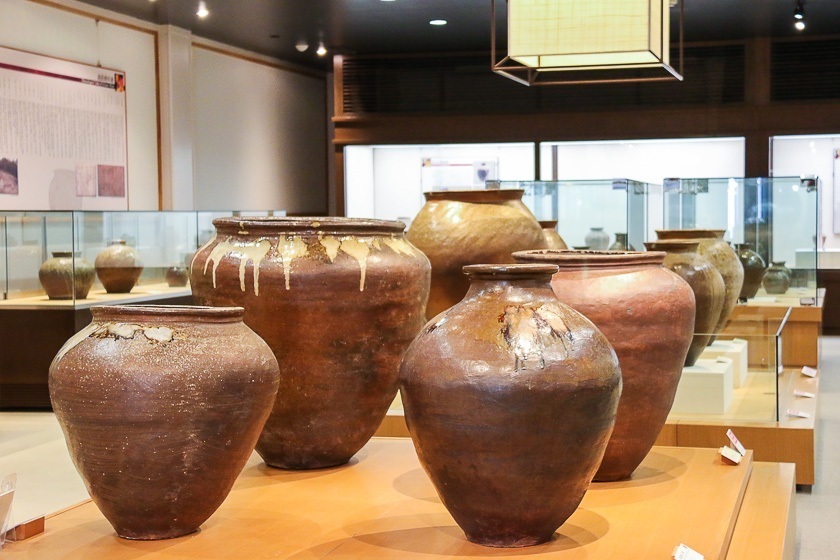
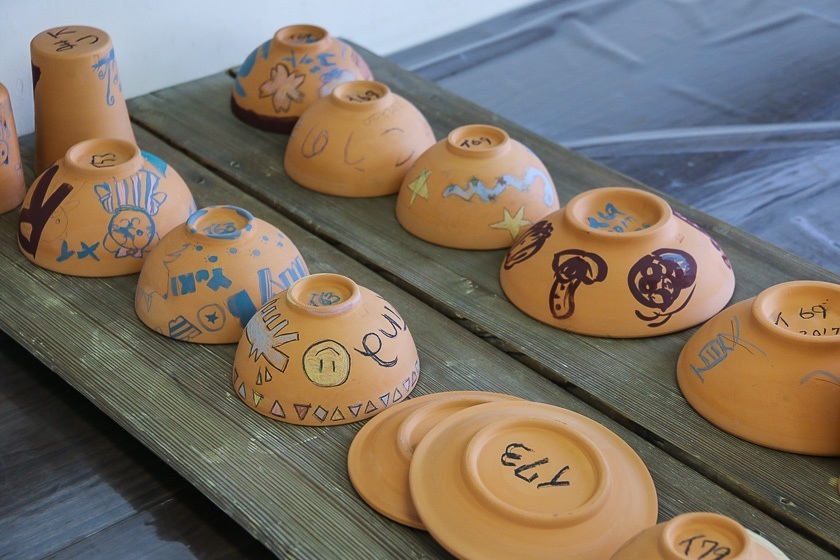
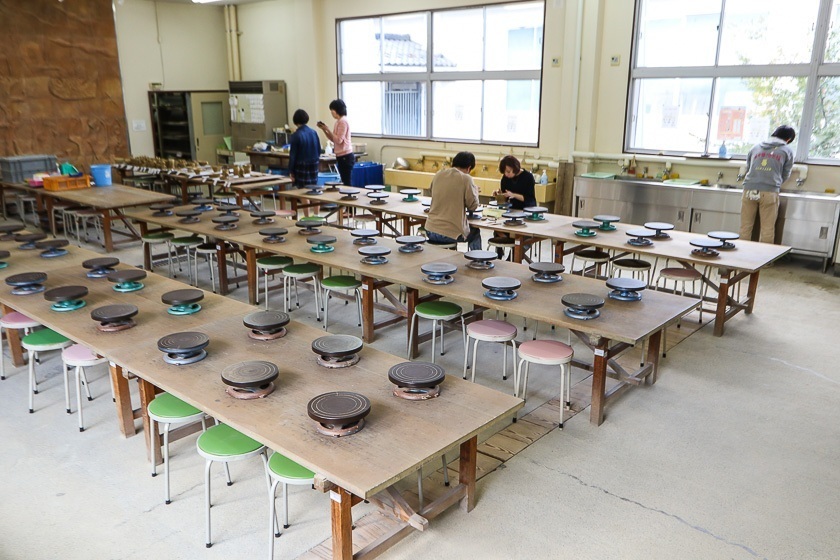
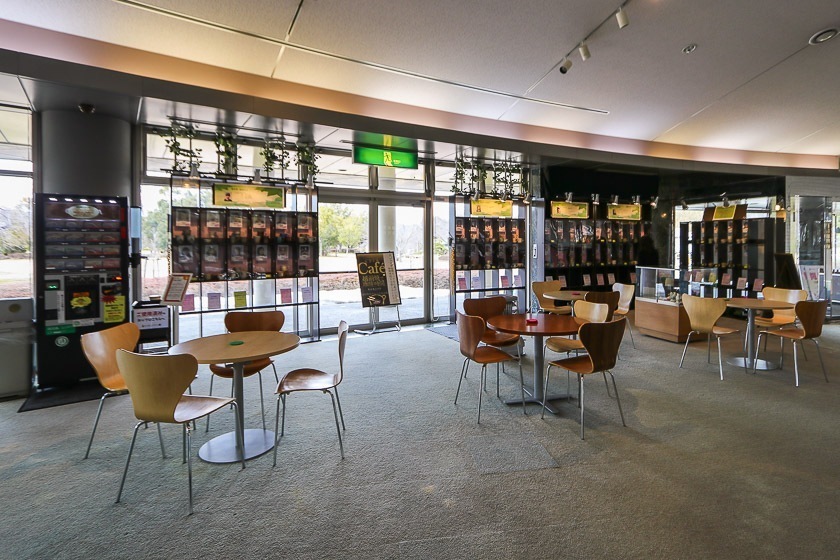
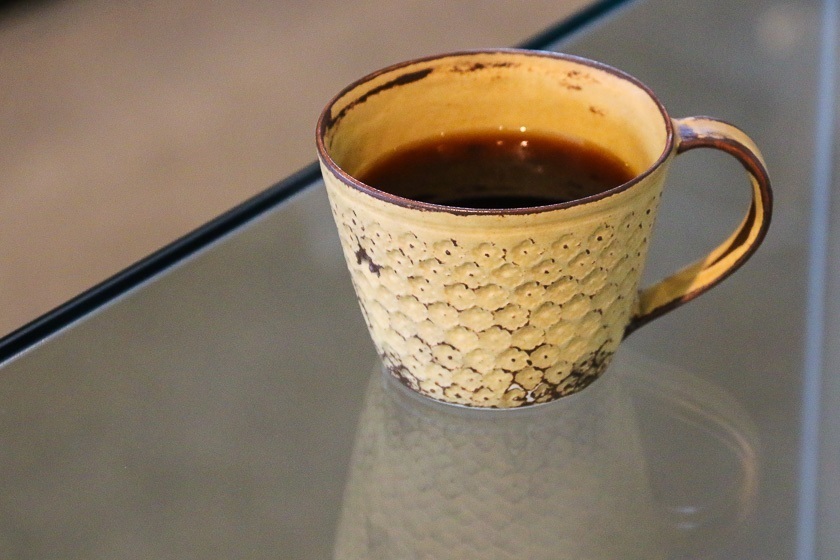
| previous post |
| next post |


